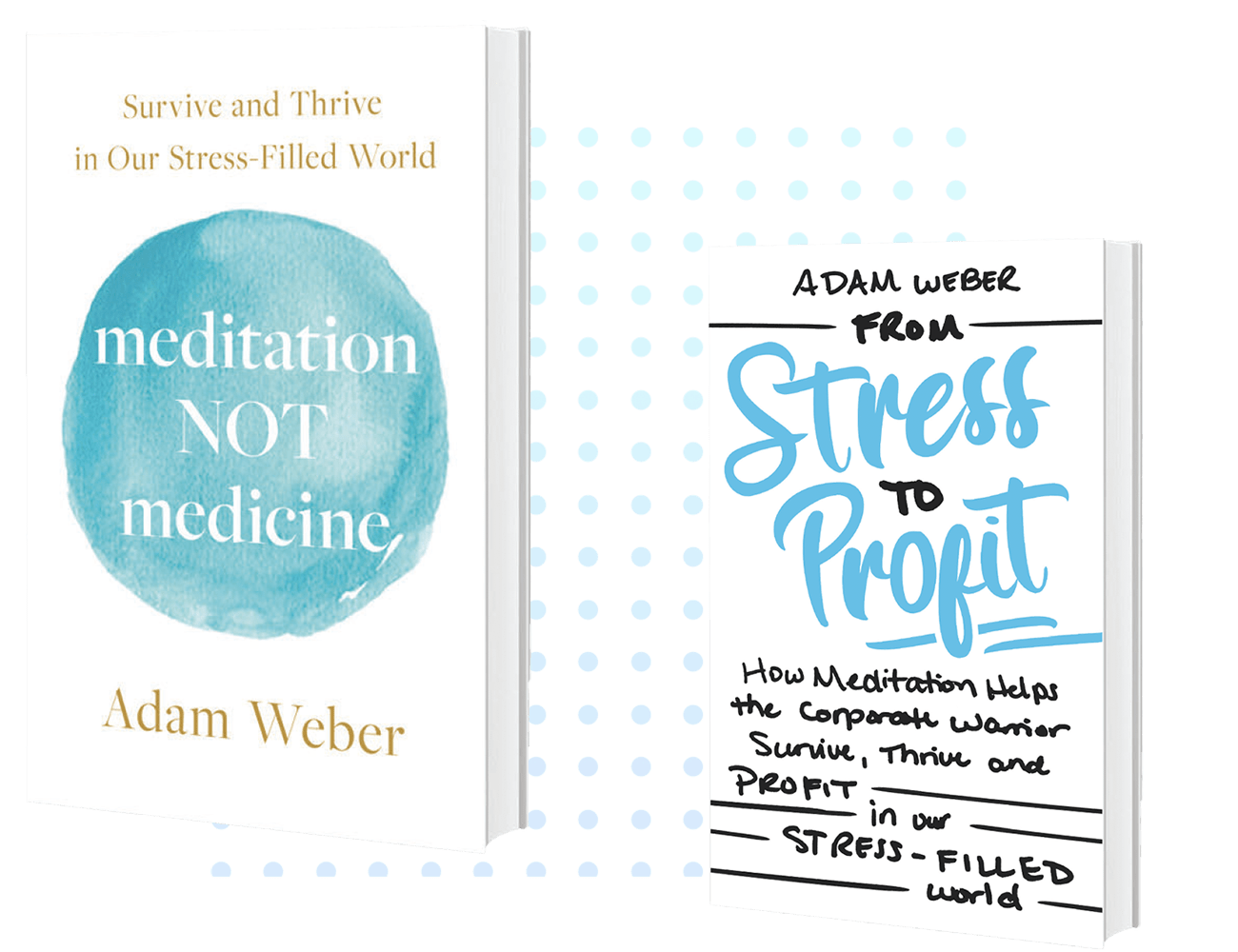Stillness is simply being present in a peaceful and non-stimulating environment. If you’re like most people, you’re not taking the time to experience real stillness regularly.
Most people are resistant to the idea of stillness for a few reasons:
• They believe they don’t have the time.
• They’re addicted to distractions and don’t want to be alone with their thoughts.
See why practicing stillness is worthy of your time:
1. A more accurate perspective. When you can disengage for a few minutes, you can escape your negative thoughts. You can step away from your life for a minute, and you have a better chance of seeing the truth. You’re able to break away from your mental habits and experience increased clarity.
2. You can hear your intuition. You can’t hear your intuition if you’re never still. It might be screaming at you, but you’re unaware of what it’s trying to tell you. You become wiser if you experience stillness regularly.
3. Less stress. When your mind gets a break from your busy day, you experience less stress. Of course, this enhances your sleep and physical and mental health.
4. Enhances your self-awareness. Stillness allows you to check-in with yourself. You become more aware of your thoughts, aches and pains, and emotions. Instead of being engrossed in your habitual thoughts, you have the time and perspective to become more aware of yourself.
Stillness has many benefits that can significantly add to the quality of your life. If you’re never still, you’re missing out on a lot. It’s easy to miss all the options and opportunities available to you if you never lift your head above the noise. Stillness requires some time, but it’s time well spent.
You can accomplish stillness in different ways:
1. Meditate. Meditation is the most obvious way to practice stillness, but it’s certainly not the only option. Meditation is a simple but challenging skill to master. Twenty minutes of meditation each day is an excellent way to practice stillness regularly.
2. Turn off all your devices and sit, stand, or walk. Disengage from your computer, smartphone, TV, or other devices for a few minutes. Just look out the window, staring at the wall, or close your eyes for a few minutes. Focus on what you see, or observe your breathing.
- Strive to keep your thoughts to a minimum. Instead, focus on the information your senses are providing. What do you see, hear, smell, and feel?
- Just a few minutes each hour can make a huge difference.
3. Spend time in nature. Cut yourself off from other people and anything artificial. Get out there with the trees, plants, and animals. Just enjoy your surroundings and give your brain a break for as much time as you can spare.
4. Be mindful. You can practice mindfulness anywhere. You can be mindful on the subway or in a business meeting. Keep your thoughts and attention on what you’re doing and your surroundings. Avoid daydreaming, thinking about the past or future, or anything that isn’t relevant to what you’re doing at the moment.
- An overly stimulating environment can prevent the experience of true stillness, but it can significantly reduce the impact of the activity happening around you.
Schedule a little stillness into your life every day. It’s that important. You might believe you don’t have time for stillness, but that’s the ultimate sign that you desperately need it.
Be still each day for as much time as possible. You will change your life in powerful ways.
You ever notice that what works for some may not work for others? On this episode of the Meditation NOT Medicine Podcast, Adam’s guest Mallorie Williams shares her story of overcoming a three-year battle with hypoglycemia.


